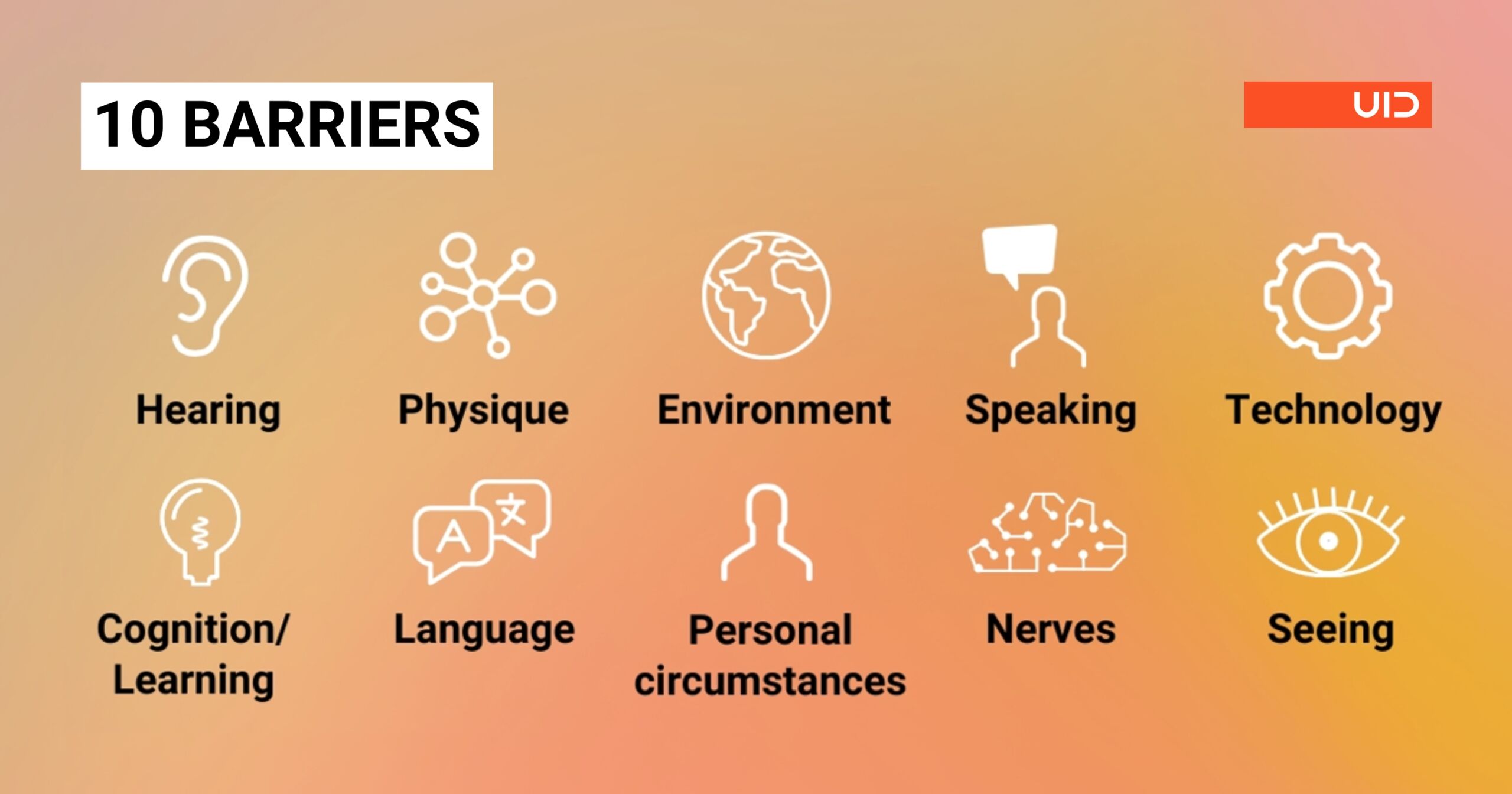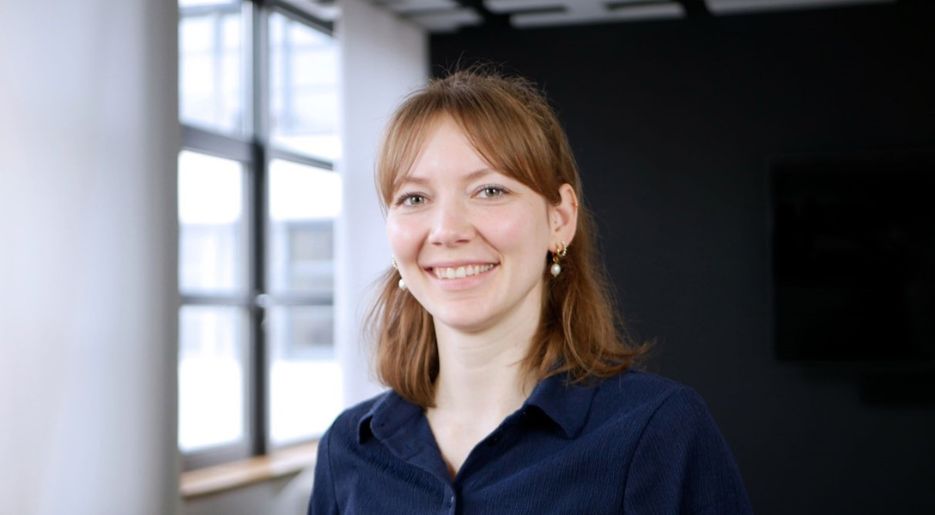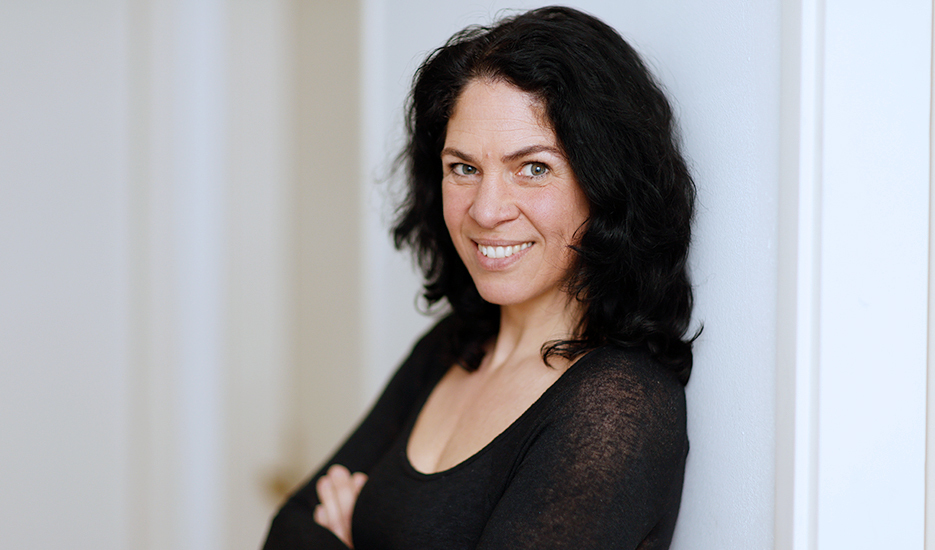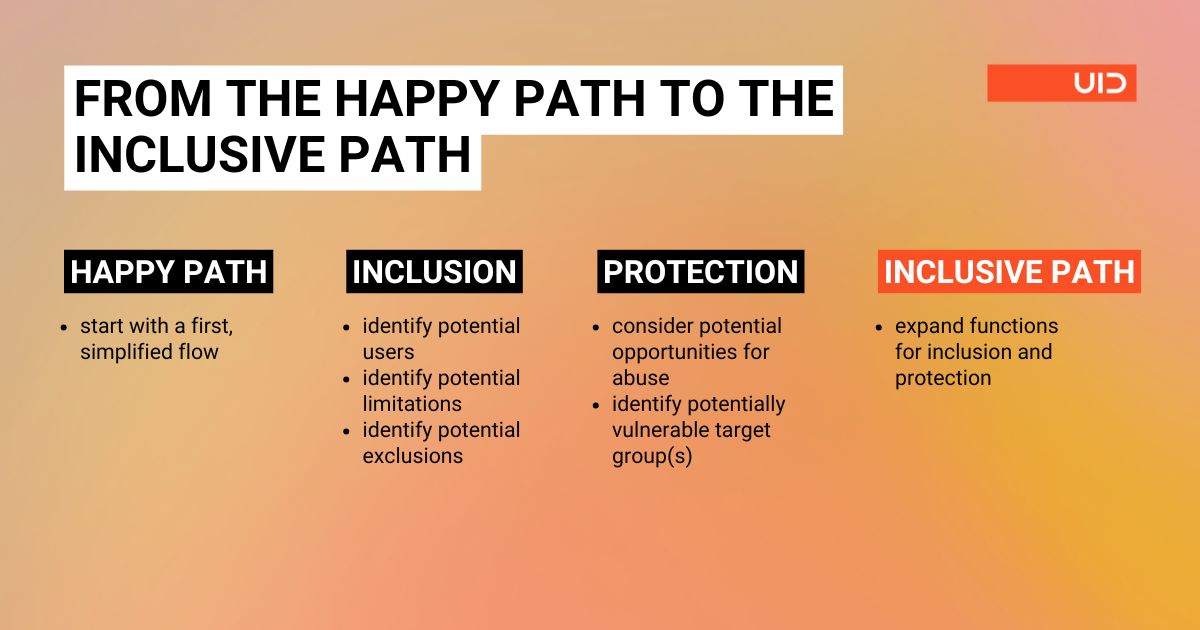26.07.2024
Inclusive design for digital products
Inclusive design makes digital products and experiences accessible and usable for everyone, regardless of age, ability or cultural background. This not only promotes inclusion, but also increases the overall user-friendliness of your applications. In this article, our UX experts Michelle and Stefanie show you how you can get started as a designer.
What is inclusion?
Inclusion is when all people and their needs are taken into account and can use a shared solution equally.
Inclusive design is therefore more than just a UX design approach – it is a process and a philosophy that aims to make products, services and environments accessible and usable for all people, regardless of age, ability or cultural background.
“Inclusive design doesn’t mean that you make one thing for everyone. You design different ways so that everyone can participate in the experience and feel like they belong .” Microsoft
What is inclusion not?
There are various approaches in product development that come close to inclusive design, but are still a long way from being truly inclusive for users. What is inclusion not?
- Exclusion: Certain user groups are consciously or unconsciously excluded from using a product or service. This can be due to physical, sensory, cognitive or cultural barriers. Example: A website that is not adapted for people with visual impairments and therefore cannot be used by them.
- Separation: Development of separate, specialized solutions for different user groups. This often leads to parallel structures in which people with special needs have to use their own, often less attractive solutions. One example is special (digital) products for senior citizens.
- Integration: People with different abilities are integrated into a common environment, often through subsequent adaptations. The solution continues to focus primarily on the needs of the main group. Example: A podcast offers its own detailed summaries for the hearing impaired on the same platform. This 2 in 1 experience is still far removed from the original listening experience and is not an equivalent solution.
What are the benefits of inclusive design?
Inclusion – a challenge for designers?
In product development, we often start by focusing on the ideal user. However, if this so-called “happy path” is not developed further due to time pressure or budget, the product excludes many user groups, as this approach is based exclusively on the ideal target group. At UID, we are convinced that, as designers, we have an ethical and moral responsibility to avoid discrimination and to integrate inclusive, protective functions into products and services.
Product development with inclusive design
Our UX experts Michelle Lubnau and Michelle Angele have developed a (workshop) concept that you can use to expand the Happy Path approach to include all user groups at an early stage and offer a truly inclusive solution.
What restrictions could prevent users from using your digital product? What opportunities for misuse does your application offer?
These are precisely the questions we add to the product development and the ideal workflow of your product: First, we identify potential problems based on 10 barriers and, building on this, develop inclusive functions that make the “happy path” possible for everyone.

Why everyone benefits from inclusive design
Inclusive design brings more benefits than you might think at first glance. Inclusive and protective functions not only offer advantages to the actual target group, but also have a positive effect on all users:
- Time savings for everyone: Efficient and well thought-out design solutions save time and increase productivity.
- Advantages for spectacle wearers: Functions developed for people with visual impairments are often also useful for others.
- Support for permanent and situational restrictions: Inclusive designs not only help people with permanent limitations, but also with situational limitations that can affect many of us (e.g. a temporary injury or wearing gloves in winter).
- The curb-cut effect: Measures to promote inclusion and accessibility often have positive side effects that go beyond the original target group. This means that inclusive functions of a product are also helpful for people without disabilities. For example: The read-aloud function was originally developed to support people with visual impairments, but is also useful when driving.
Inclusive Path as a success factor
An inclusive product strategy can appeal to a broader user base and thus expand the market. In addition, inclusive features improve usability and thus increase the satisfaction of all users, which supports the success of your application.
As designers, we have a responsibility to prevent discrimination and promote equal opportunities – let’s get started together!
The authors
Michelle Lubnau is a product designer with a Master’s degree in Medical Design. As a user experience designer, she conceives and designs user-centered interaction concepts for interactive products for companies in the industrial, automotive and medical sectors. The topics of sustainability and ethics are particularly close to Michelle’s heart in her work. Together with her team, she develops sustainable and ethical design approaches for more social responsibility in product development.


As Creative Director and UX Lead, Stefanie Angele is responsible for the holistic UX development of digital products at UID GmbH. Together with the innovation team at UID in Munich, Stefanie works closely with users and customers to develop requirements, designs interaction concepts with testable prototypes and creates innovative products for the world of today and tomorrow. In her position as UX strategist, she also develops future scenarios, taking into account new technologies and trends, in order to base corporate strategies on well-founded assessments that have taken on new significance in the context of digital transformation.






